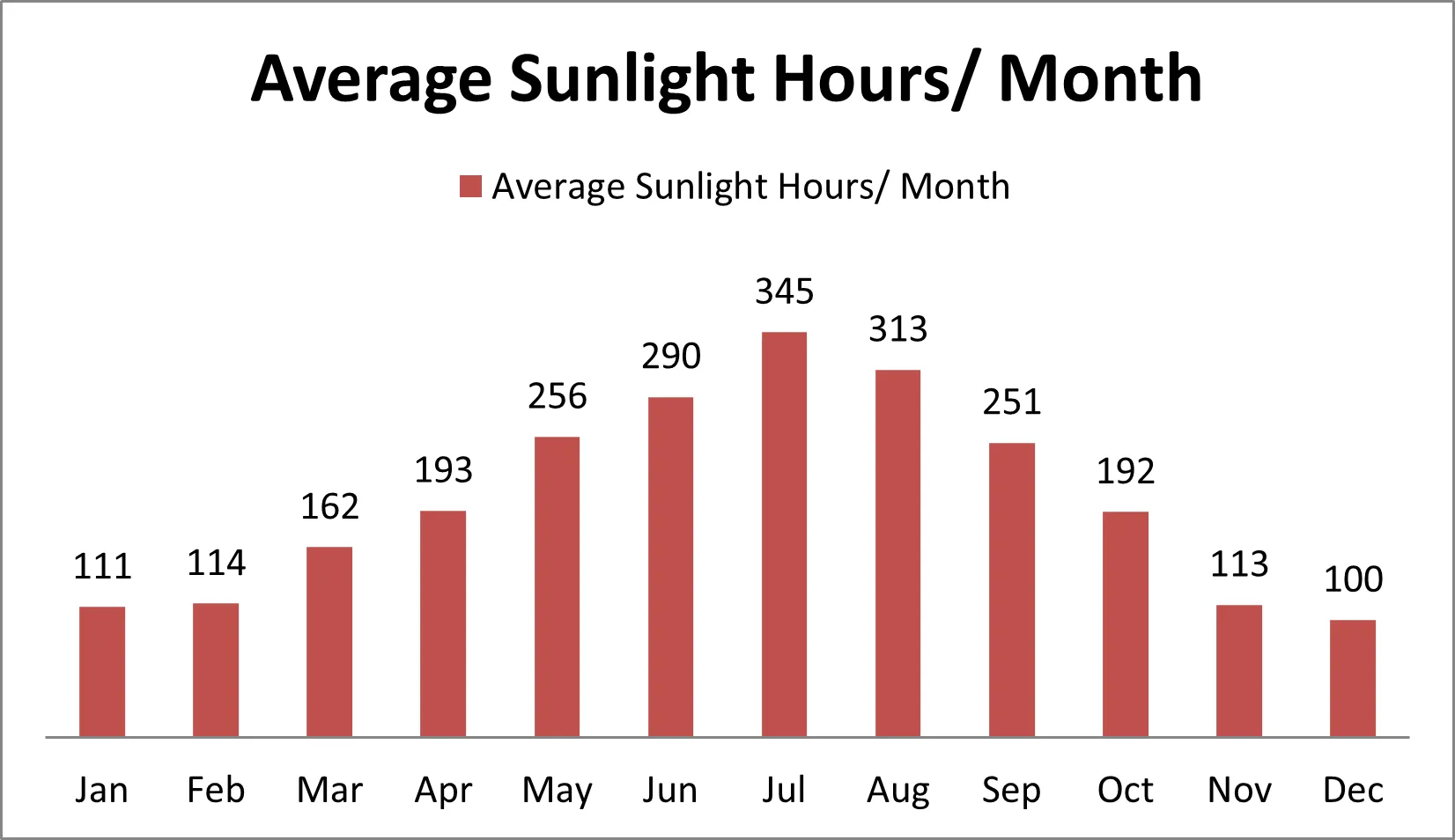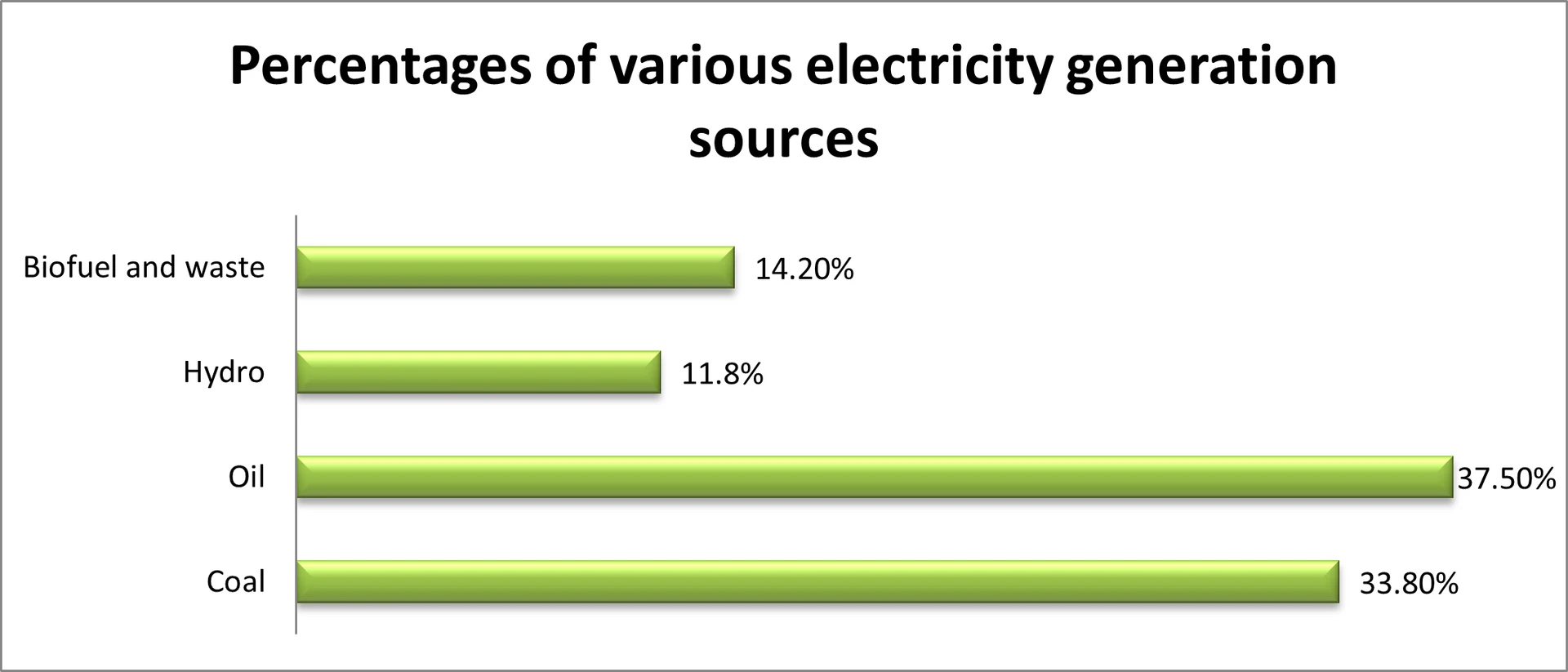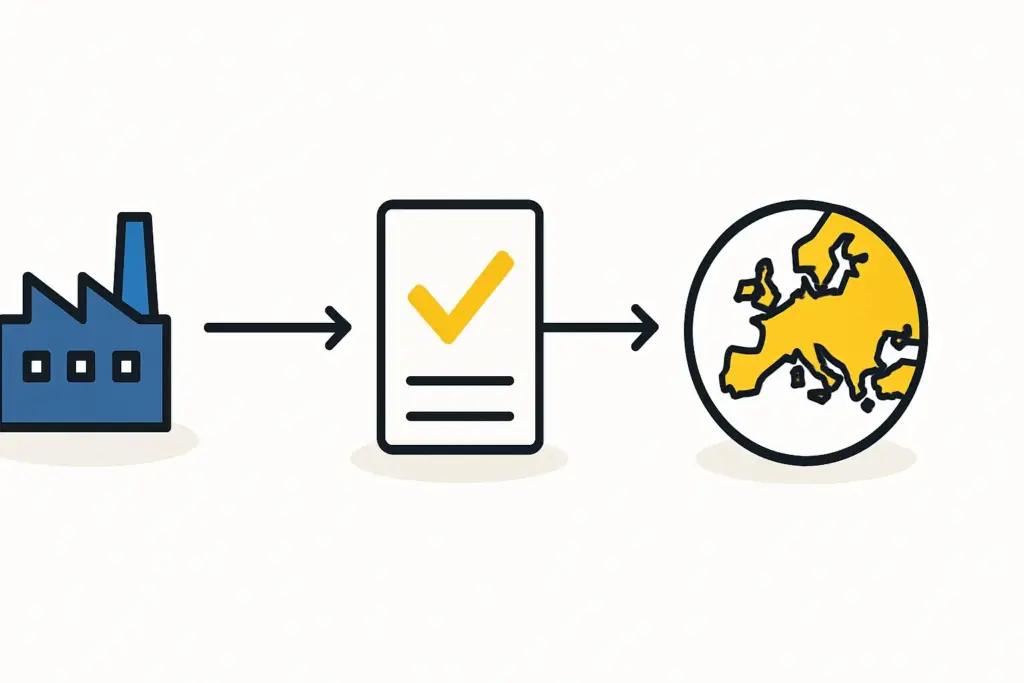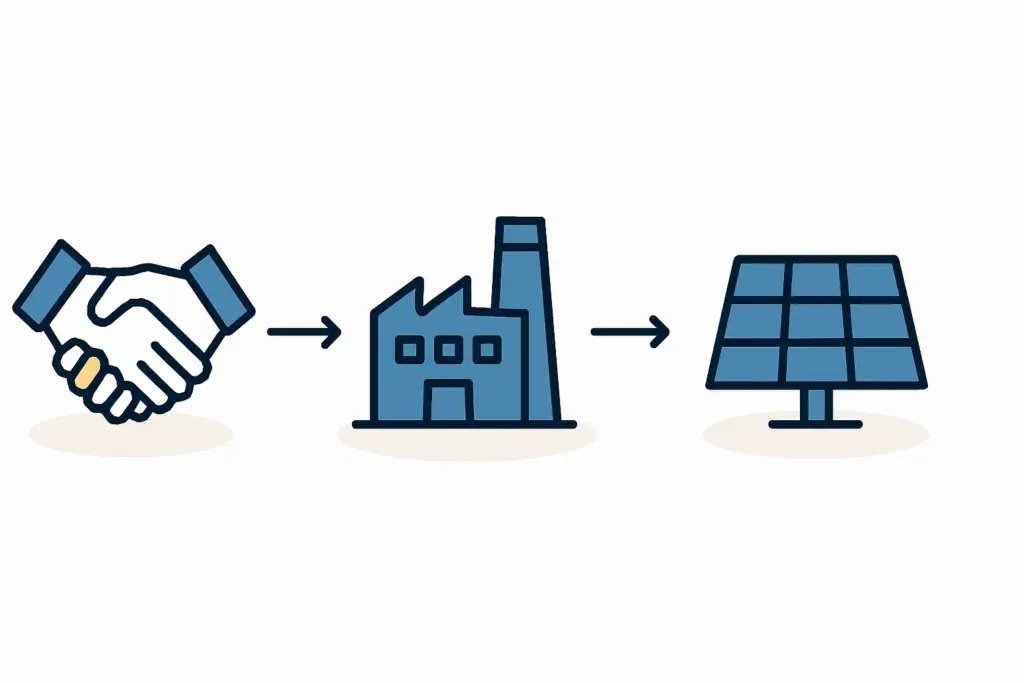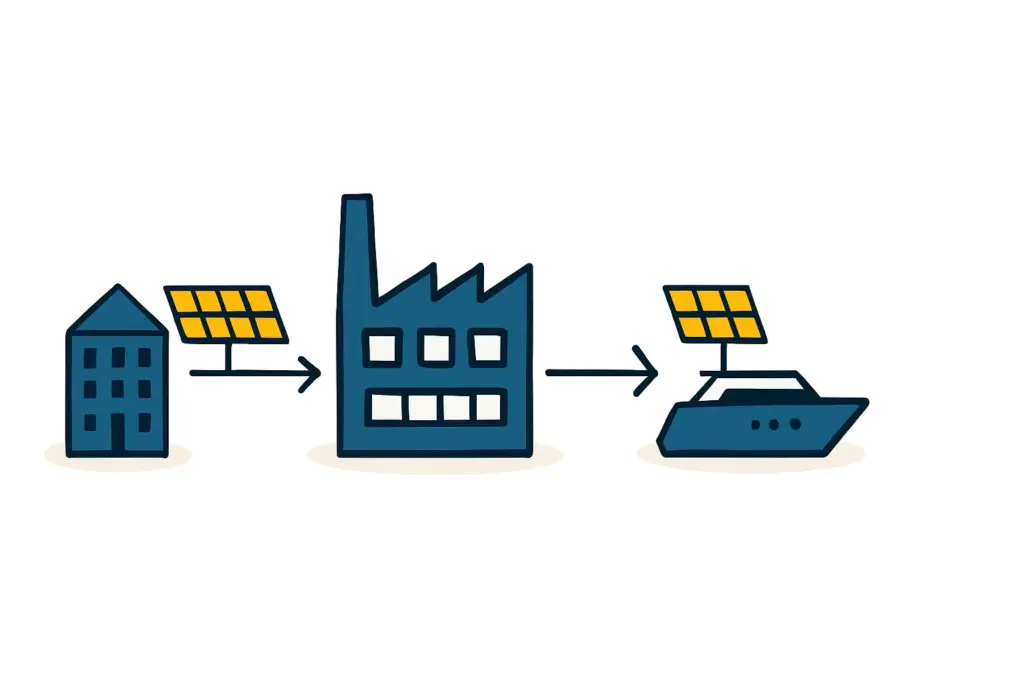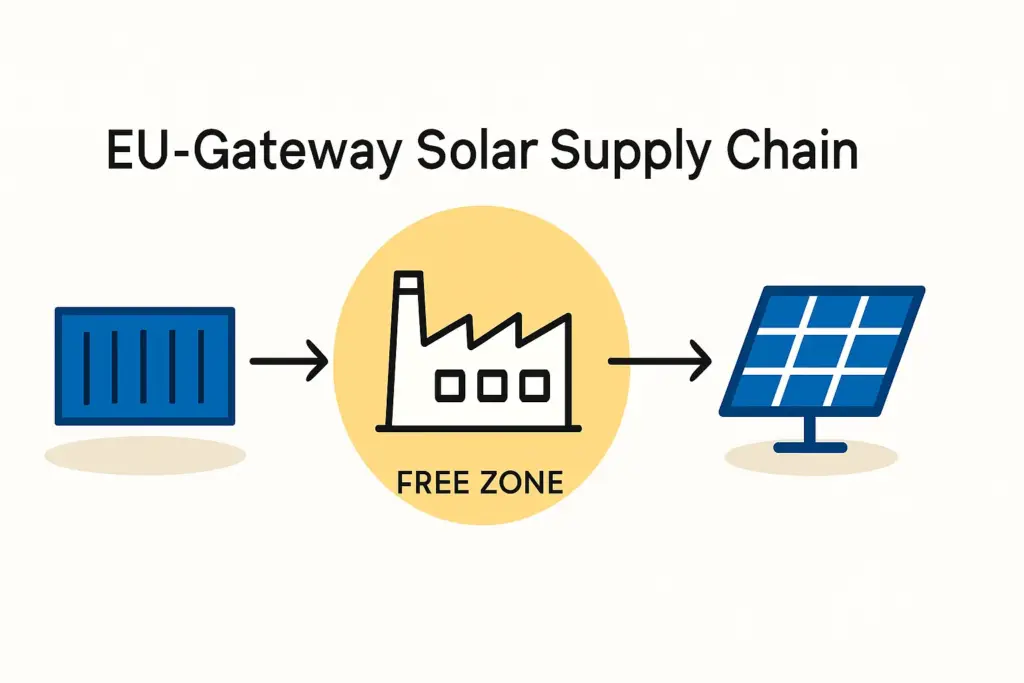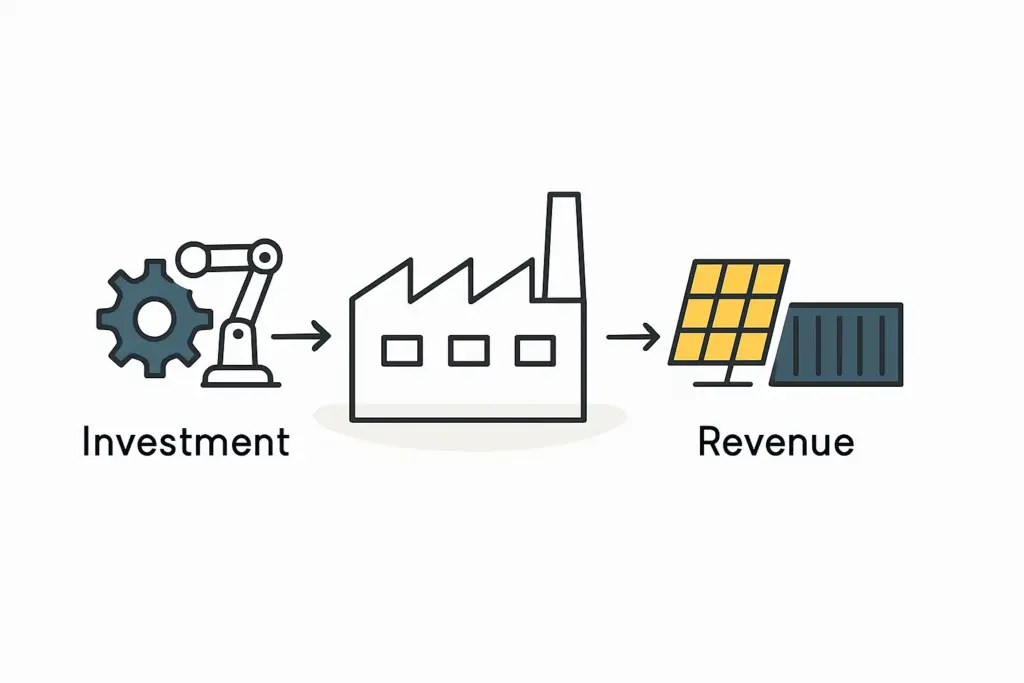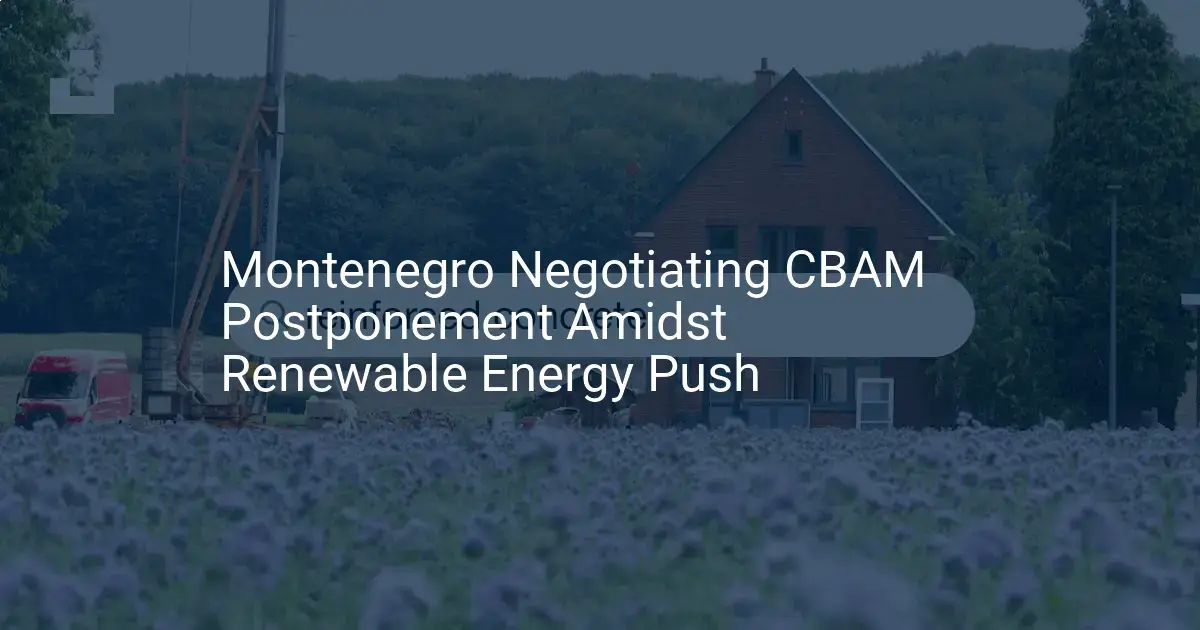Gain comprehensive insights into the statistics and metrics surrounding the solar production industry in Montenegro
- Weather-and-Climate. (2024). Get updates on sunshine hours in Kotor | Monthly average. Retrieved December 22, 2024, from https://weather-and-climate.com/average-monthly-hours-Sunshine,kotor,Montenegro
- profileSOLAR. (2024). Solar PV analysis of Kotor, Montenegro. Retrieved December 22, 2024, from https://profilesolar.com/locations/Montenegro/Kotor/
- Immo Monte doo. (2024, July 3). Electricity in Montenegro: An overview of costs, tariffs, and energy sources. Retrieved December 22, 2024, from https://immo-monte.me/en/2024/07/03/electricity-in-montenegro-an-overview-of-costs-tariffs-and-energy-sources/
- CIGRE. (2024). Présentation PowerPoint. Retrieved December 22, 2024, from https://www.cigre.org/userfiles/files/Community/NC/2018_National-power-system_Montenegro.pdf
- ABB. (2023). Substation reconstruction in Montenegro ensures reliable power to key consumers. Retrieved December 22, 2024, from https://new.abb.com/news/detail/109679/substation-reconstruction-in-montenegro-ensures-reliable-power-to-key-consumers
- International Renewable Energy Agency. (2024). Renewable energy statistics 2024. Retrieved November 9, 2023, from https://www.irena.org/-/media/Files/IRENA/Agency/Publication/2024/Jul/IRENA_Renewable_Energy_Statistics_2024.pdf
- Energetika.net. (2024). Montenegro installs almost 5.2 MW of rooftop solar in 2022. Retrieved December 22, 2024, from https://www.energetika.net/eu/novice/envision/montenegro-installs-almost-5-2-mw-of-rooftop-solar-in-2022
- pv magazine International. (2024, August 15). Montenegro developing 87.5 MW of solar. Retrieved December 22, 2024, from https://www.pv-magazine.com/2024/08/15/montenegro-developing-87-5-mw-of-solar/
- International Energy Agency. (2024). Montenegro – Countries & regions. Retrieved December 22, 2024, from https://www.iea.org/countries/montenegro
- Energy Update. (2024, June 22). Massive power outage hits Balkan states amid heatwave. Retrieved December 22, 2024, from https://www.energyupdate.com.pk/2024/06/22/massive-power-outage-hits-balkan-states-amid-heatwave/
- Balkan Green Energy News. (2024). Cascading power grid failure causes blackout in BiH, Montenegro, Albania, Dalmatia. Retrieved December 22, 2024, from https://balkangreenenergynews.com/cascading-power-grid-failure-causes-blackout-in-bih-montenegro-albania-dalmatia/
- SeeNews. (2024). Montenegro’s EPCG Solar Gradnja installs 65 MW rooftop solar panels. Retrieved December 22, 2024, from https://seenews.com/news/montenegros-epcg-solar-gradnja-installs-65-mw-rooftop-solar-panels-1267246
- Balkan Green Energy News. (2024). Perspectives on electricity generated by solar power plants as part of Solari 3000+ and 500+ project. Retrieved December 22, 2024, from https://balkangreenenergynews.com/perspectives-on-electricity-generated-by-solar-power-plants-as-part-of-solari-3000-and-500-project/
- Balkan Green Energy News. (2024). First ground-mounted solar power plant starts operation in Montenegro. Retrieved December 22, 2024, from https://balkangreenenergynews.com/first-ground-mounted-solar-power-plant-starts-operation-in-montenegro/
- Workaway. (2024). Live and help off-grid on a yacht in Tivat, Montenegro. Retrieved December 22, 2024, from https://www.workaway.info/en/host/693543861289
- pv magazine International. (2018, January 18). Montenegro to halt renewable energy licenses; continues deployment of off-grid PV. Retrieved December 22, 2024, from https://www.pv-magazine.com/2018/01/18/montenegro-to-halt-renewable-energy-licenses-continues-deployment-of-off-grid-pv/
- Taiyangnews. (2024). Montenegro facilitating solar energy development. Retrieved December 22, 2024, from https://taiyangnews.info/markets/montenegro-facilitating-solar-energy-development
- EBRD GEFF Montenegro. (2024). Solar systems and solar energy – the present and future of Montenegrin households. Retrieved December 22, 2024, from https://ebrdgeff.com/montenegro/solar-systems-and-solar-energy-the-present-and-future-of-montenegrin-households/
- Taiyangnews. (2024). New program for 5,000 rooftop solar systems in Montenegro. Retrieved December 22, 2024, from https://taiyangnews.info/markets/new-program-for-5000-rooftop-solar-systems-in-montenegro
- Worldsalaries. (2024). Average solar photovoltaic installer salary in Montenegro for 2024. Retrieved December 22, 2024, from https://worldsalaries.com/average-solar-photovoltaic-installer-salary-in-montenegro/
- Worldometer. (2024). Montenegro population (2024). Retrieved December 22, 2024, from https://www.worldometers.info/world-population/montenegro-population/
- 2home.me. (2022). Rent commercial property in Montenegro – 154 offers for commercial real estate. Retrieved December 22, 2024, from https://2home.me/en/montenegro/rent/commercial/3/
- International Trade Administration. (2024). Montenegro – Energy. Retrieved December 22, 2024, from https://www.trade.gov/country-commercial-guides/montenegro-energy-0
- Energypedia. (2024). Montenegro energy situation. Retrieved December 22, 2024, from https://energypedia.info/wiki/Montenegro_Energy_Situation
- The Observatory of Economic Complexity. (2024). Electricity in Montenegro. Retrieved December 22, 2024, from https://oec.world/en/profile/bilateral-product/electricity/reporter/mne
- Balkan Green Energy News. (2024). CMS: Montenegro – What does the new law on renewable energy usage bring? Retrieved December 22, 2024, from https://balkangreenenergynews.com/cms-montenegro-what-does-the-new-law-on-renewable-energy-usage-bring/
- BDK Advokati. (2024). Montenegrin renewables act introduces support schemes for electricity from renewable sources. Retrieved December 22, 2024, from https://bdkadvokati.com/montenegrin-renewables-act-introduces-support-schemes-for-electricity-from-renewable-sources/
- Balkan Green Energy News. (2024). Montenegro’s EPCG vows to put solar panels on every roof in country. Retrieved December 22, 2024, from https://balkangreenenergynews.com/montenegros-epcg-vows-to-put-solar-panels-on-every-roof-in-country/
- Balkan Green Energy News. (2024). EPCG plans to build Montenegro’s first floating solar power plant. Retrieved December 22, 2024, from https://balkangreenenergynews.com/epcg-plans-to-build-montenegros-first-floating-solar-power-plant/
- Balkan Green Energy News. (2024). Montenegro’s EPCG launches 47 MW solar power project in Nikšić. Retrieved December 22, 2024, from https://balkangreenenergynews.com/montenegros-epcg-launches-47-mw-solar-power-project-in-niksic/
- Balkan Green Energy News. (2024). Montenegro labels 15 energy projects as infrastructure priorities. Retrieved December 22, 2024, from https://balkangreenenergynews.com/montenegro-labels-15-energy-projects-as-infrastructure-priorities/
- Power Technology. (2024). Power plant profile: Briska Gora Solar PV Park, Montenegro. Retrieved December 22, 2024, from https://www.power-technology.com/data-insights/power-plant-profile-briska-gora-solar-pv-park-montenegro/

